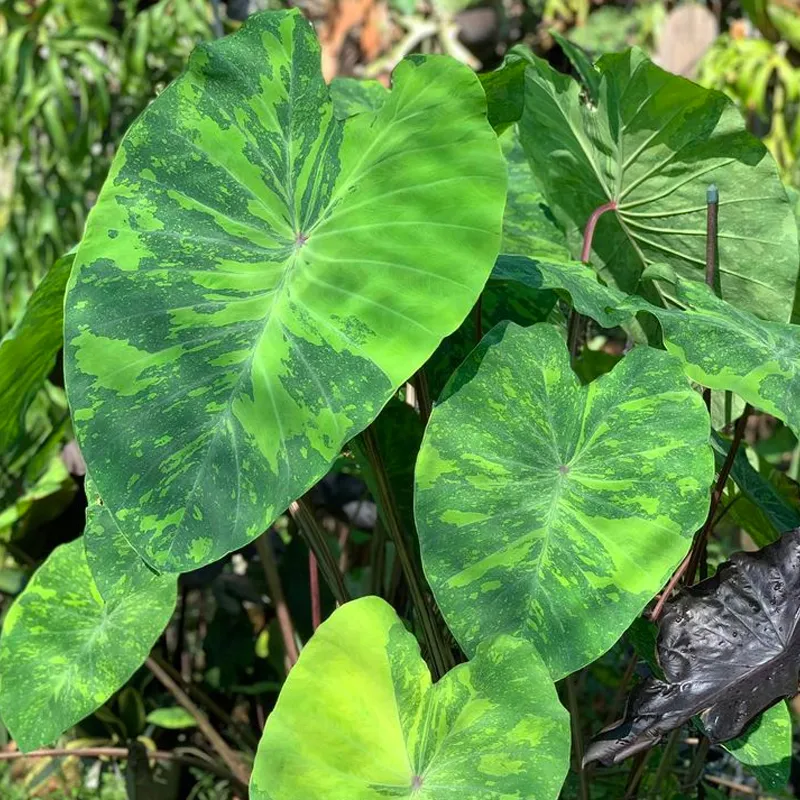
A Passion for Chestnuts: My Journey with Castanea Mollissima
For years, my garden has been a canvas for experimentation. I’ve nurtured a kaleidoscope of flora, from delicate wildflowers to towering trees. But there’s one species that has captured my heart in recent years: the Castanea mollissima, or the Chinese chestnut.
These magnificent trees offer a bounty of delicious nuts alongside their ornamental beauty. As I delved deeper into their cultivation, I found myself captivated by their resilience and potential. Here, I want to share my experiences with Castanea mollissima, hoping to spark your own curiosity about this rewarding addition to any garden.
10 Species in Genus Castanea
What is Castanea mollissima?
Castanea mollissima is a deciduous tree native to China, Korea, and Taiwan. It boasts a majestic presence, reaching heights of up to 60 feet with a broad, rounded crown. The leaves shimmer a vibrant green throughout spring and summer, transforming into a fiery display of yellow and copper hues in the fall. But the true treasure lies in its bounty of chestnuts.
These delectable nuts are encased in spiky burrs that split open in autumn, revealing the smooth, glossy brown gems within. Unlike its American cousin, the Chinese chestnut boasts a sweeter flavor and a larger size, making it a true culinary delight.
How to Care for Castanea mollissima?
Growing Castanea mollissima is a rewarding experience, but it requires understanding its preferences. Here’s what I’ve learned:
- Sun and Soil: These trees thrive in full sun, although they can tolerate partial shade. Well-drained, slightly acidic soil is ideal. If your soil leans alkaline, fear not! We’ll explore solutions in a later section.
- Watering: Castanea mollissima is surprisingly drought-tolerant once established. However, consistent watering during the first few years of growth is crucial. Aim for deep watering every one to two weeks during dry spells.
- Fertilization: While not strictly necessary, a balanced fertilizer applied in early spring can promote healthy growth and nut production.
- Pruning: Regular pruning can help maintain the desired shape and encourage nut production. Prune during the winter months when the tree is dormant.
Will Castanea mollissima grow in alkaline soil?
Castanea mollissima prefers slightly acidic soil. But what if your garden soil leans alkaline? Don’t despair! Here are some strategies to create a more suitable environment:
- Soil Amendments: Adding organic matter like compost or aged manure can help lower the soil pH over time. Aim for a ratio of 3 parts existing soil to 1 part amendment and mix it thoroughly into the planting area.
- Sulfur Application: Elemental sulfur is another option for lowering soil pH. However, it’s crucial to follow application instructions carefully to avoid harming your plants.
- Selection of Rootstocks: Certain rootstocks bred for tolerance to alkaline soil can be used for grafting Castanea mollissima trees. This approach requires some research and may not be readily available everywhere.
While these methods can create a more favorable environment, it’s important to note that Castanea mollissima may not perform as well in highly alkaline soil compared to slightly acidic conditions.
By understanding these considerations, you can determine if Castanea mollissima is a good fit for your garden, even if your soil isn’t perfectly suited.
Additional Tips:
- Pollination: Castanea mollissima is monoecious, meaning it has both male and female flowers on the same tree. However, cross-pollination can improve nut production. Planting multiple trees is recommended, or you can graft a branch from a different variety onto your existing tree.
- Harvesting: The chestnuts are ready to harvest when the burrs begin to split open, typically in late fall. Wear gloves when handling the spiky burrs.
With proper care and a little planning, Castanea mollissima can become a prized addition to your garden, offering years of beauty, delicious harvests, and a sense of accomplishment as you witness its growth. So, why not embark on your own Castanea mollissima journey? You might just discover a new favorite tree.
If i die, water my plants!



